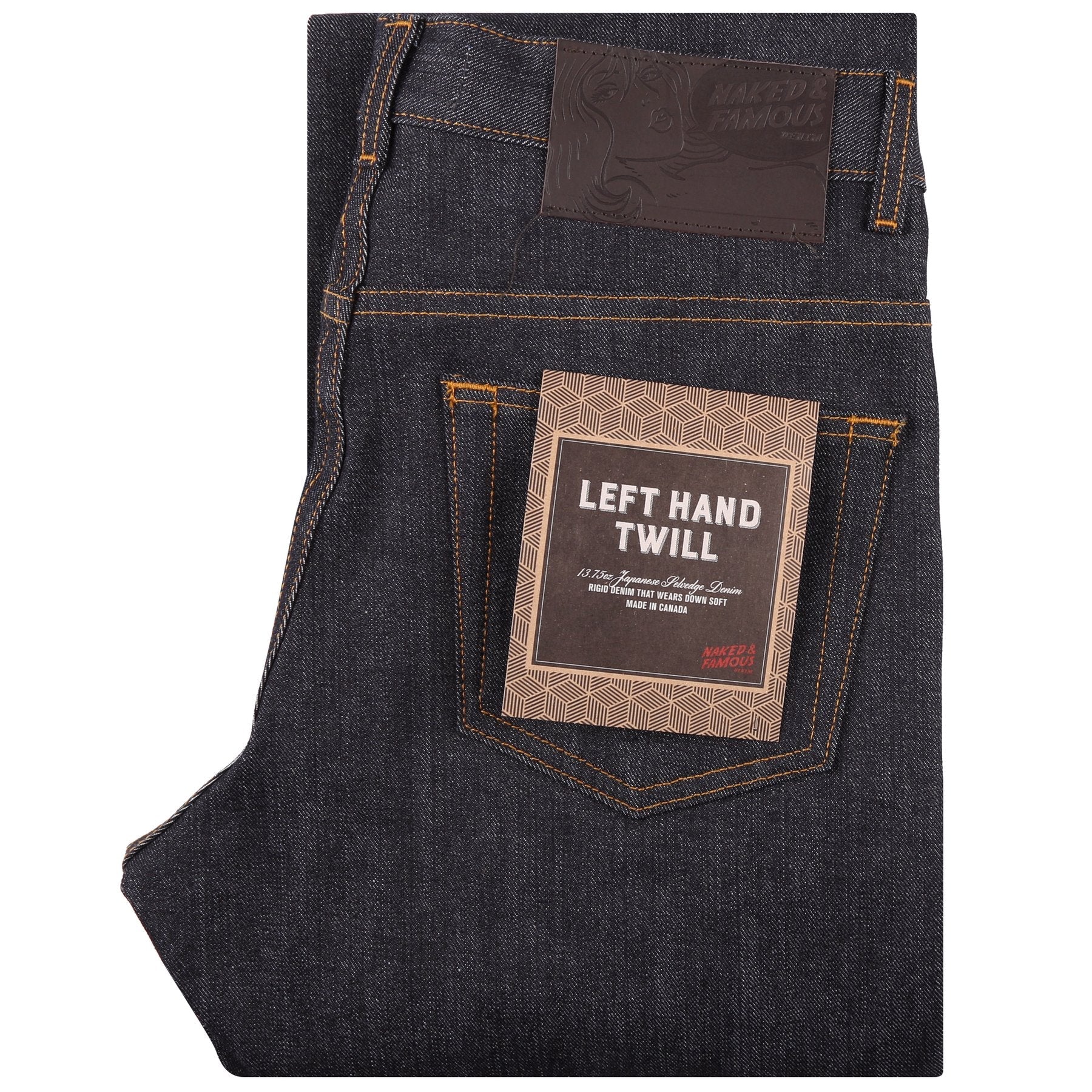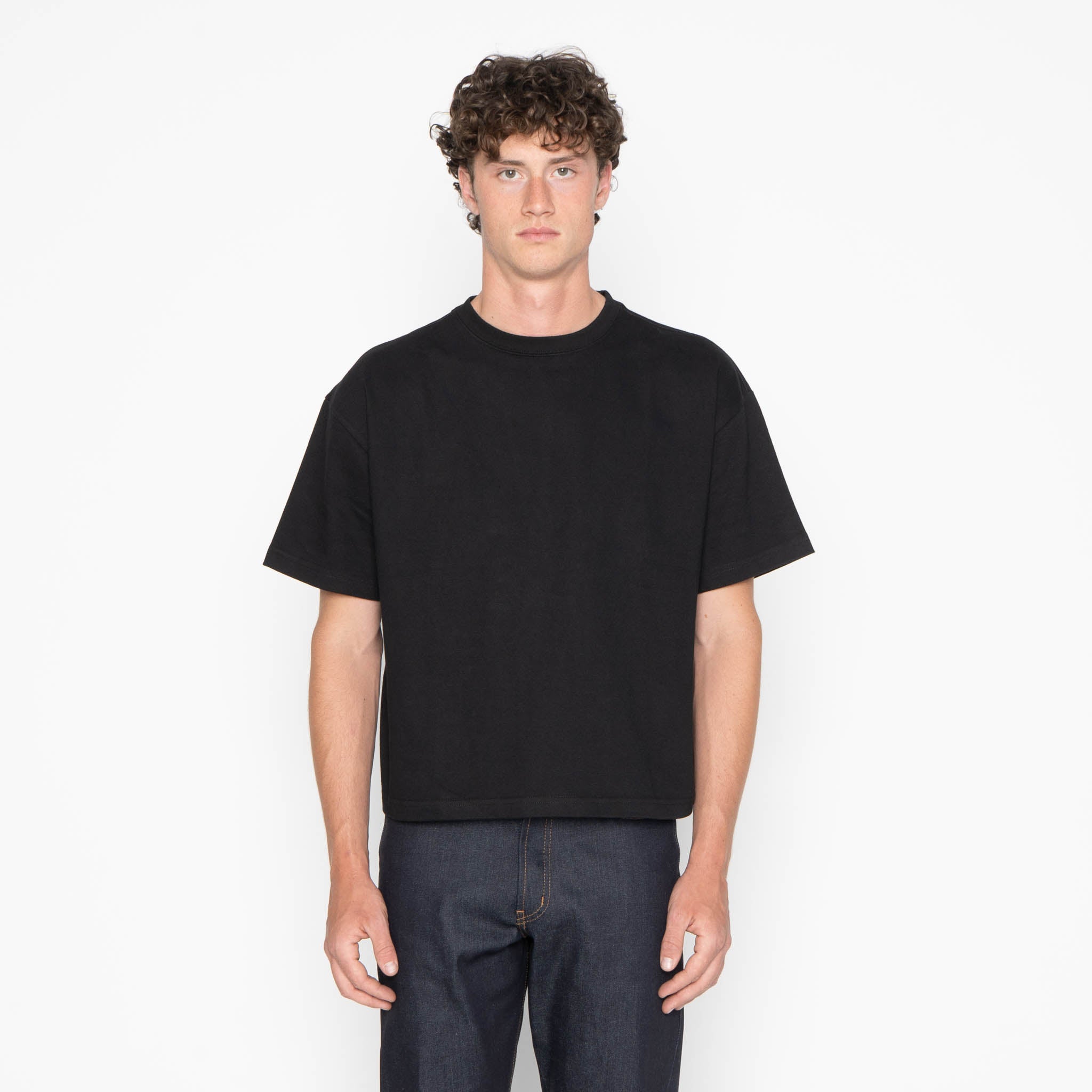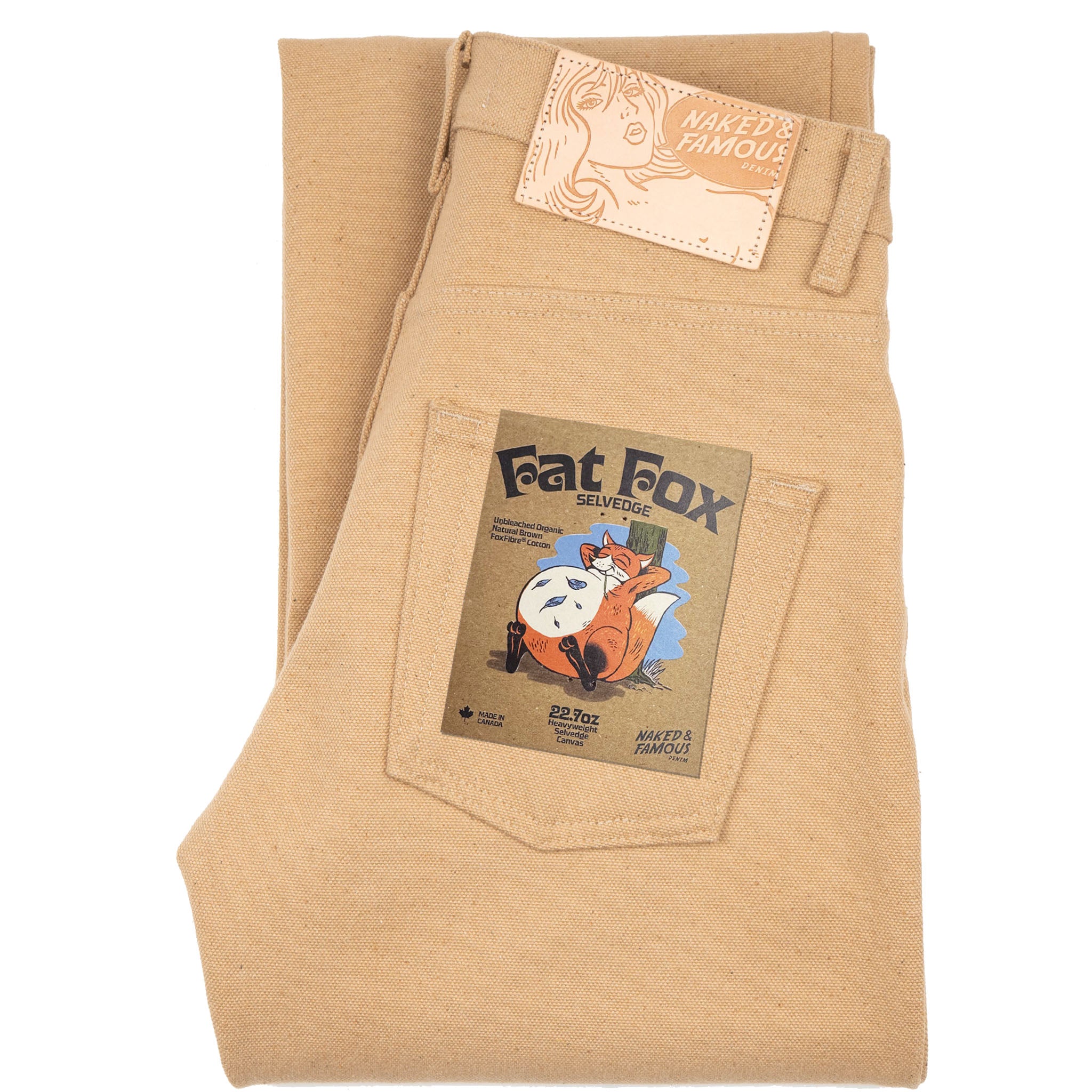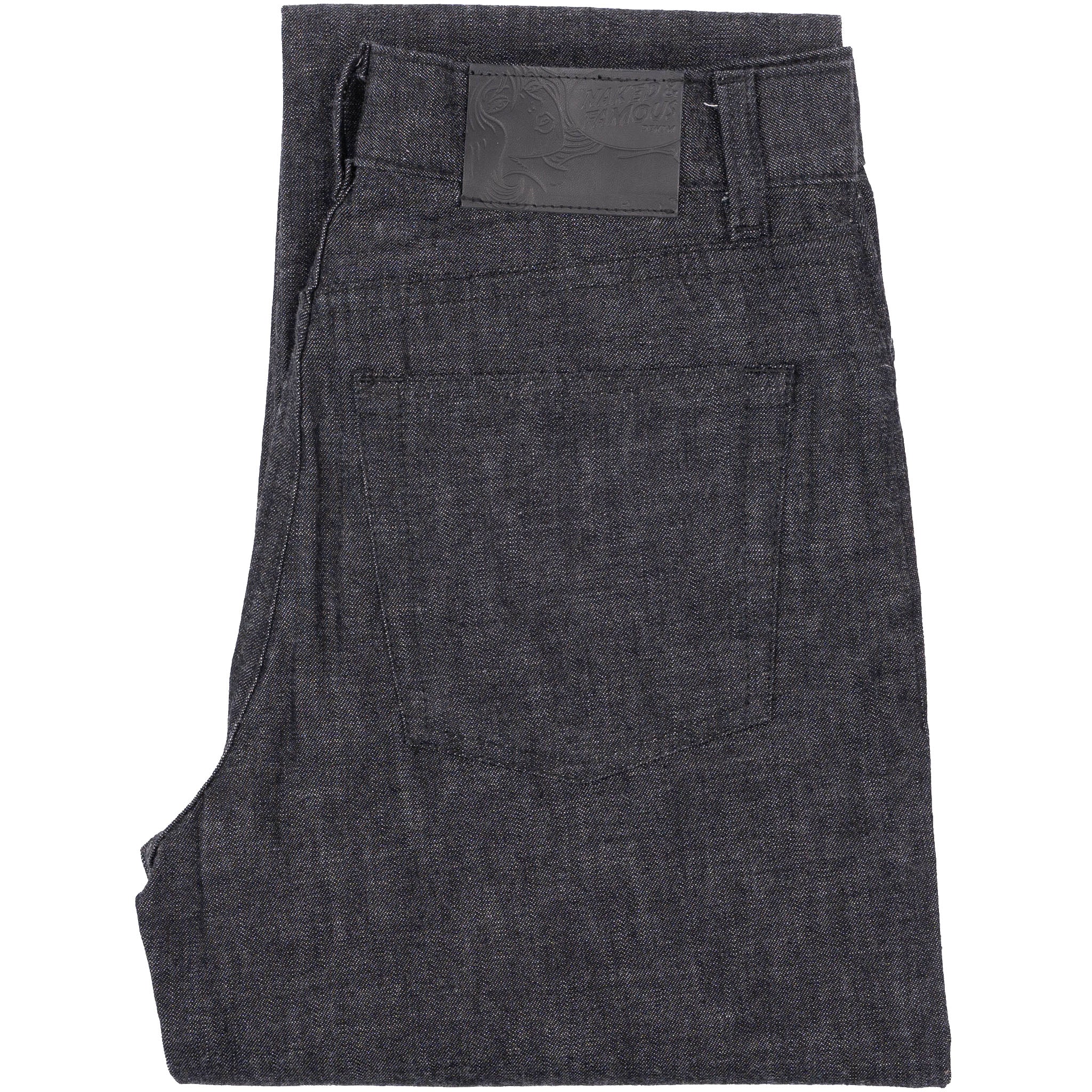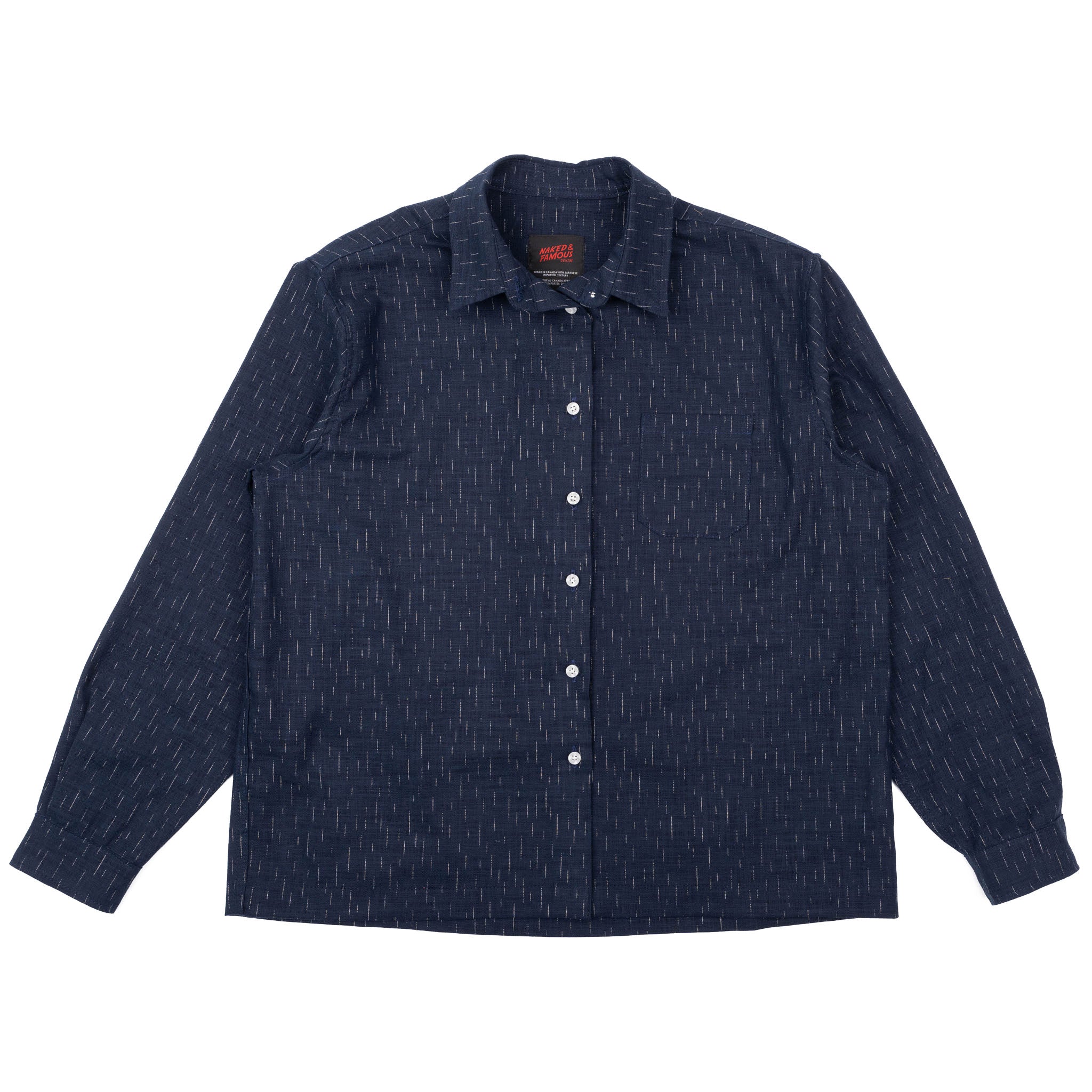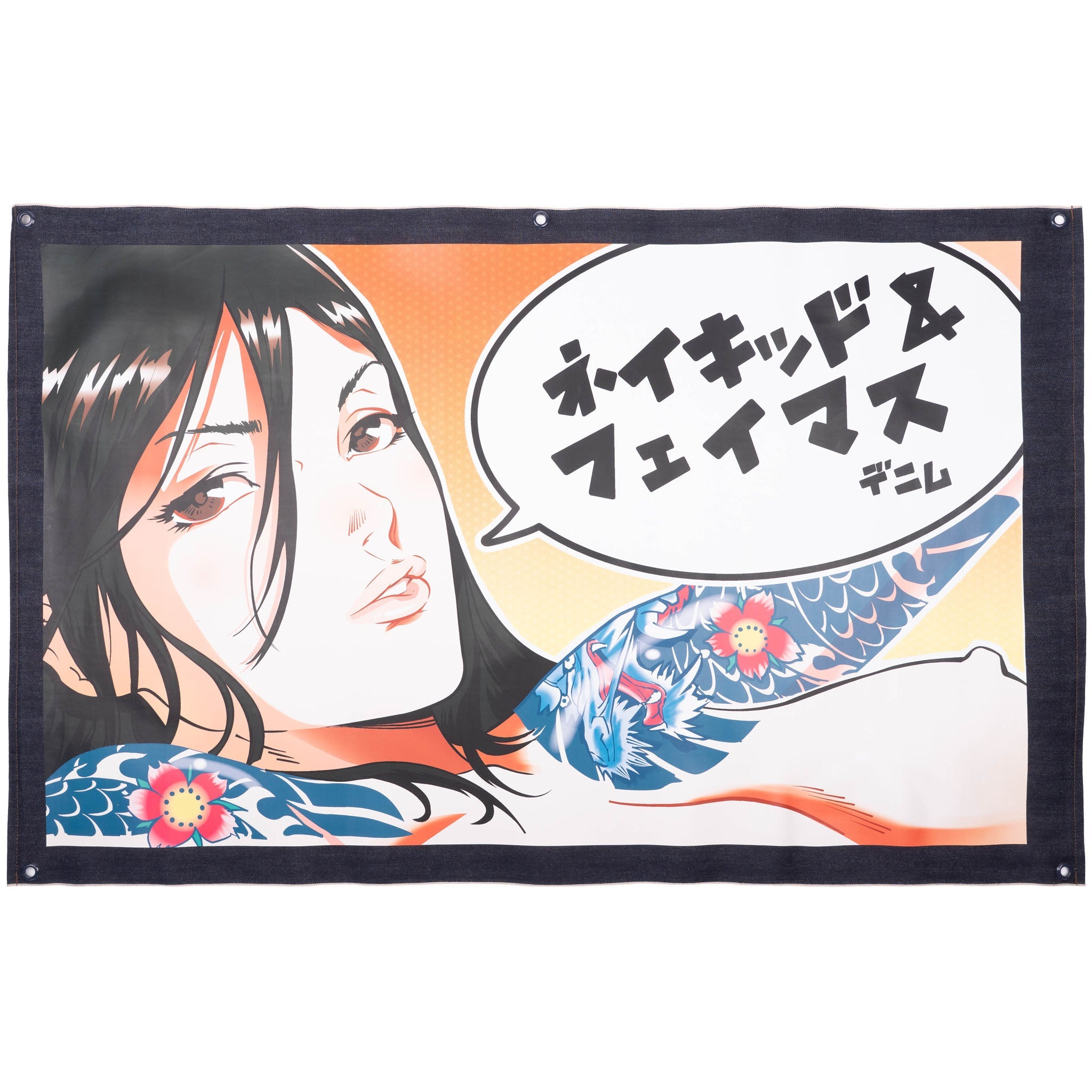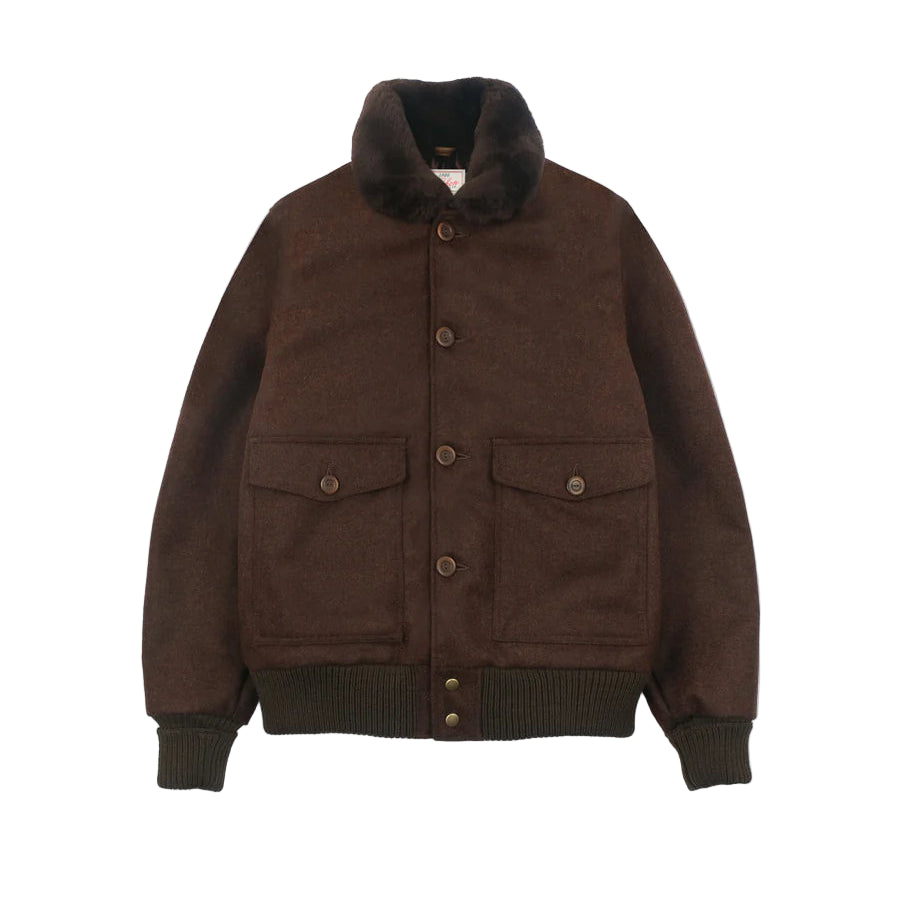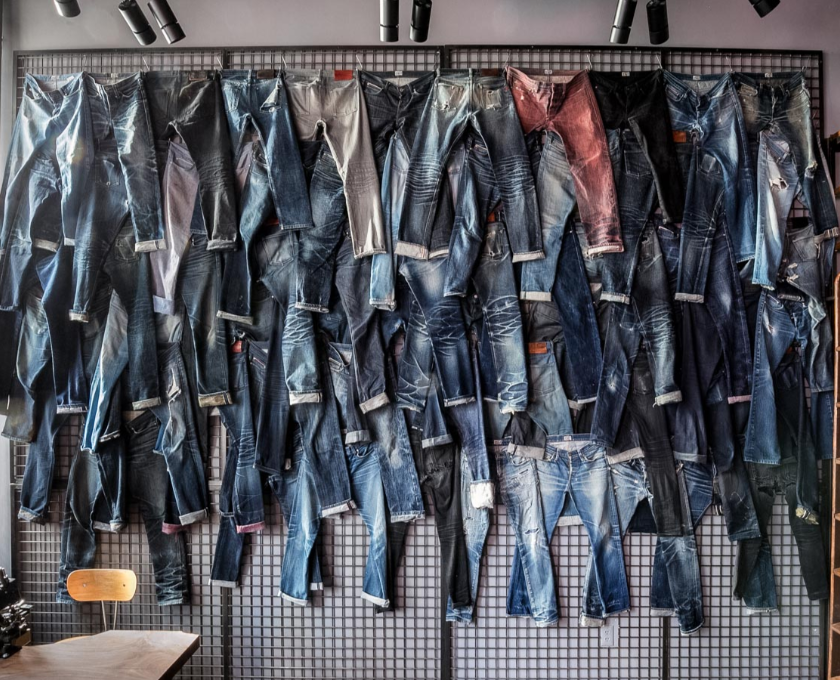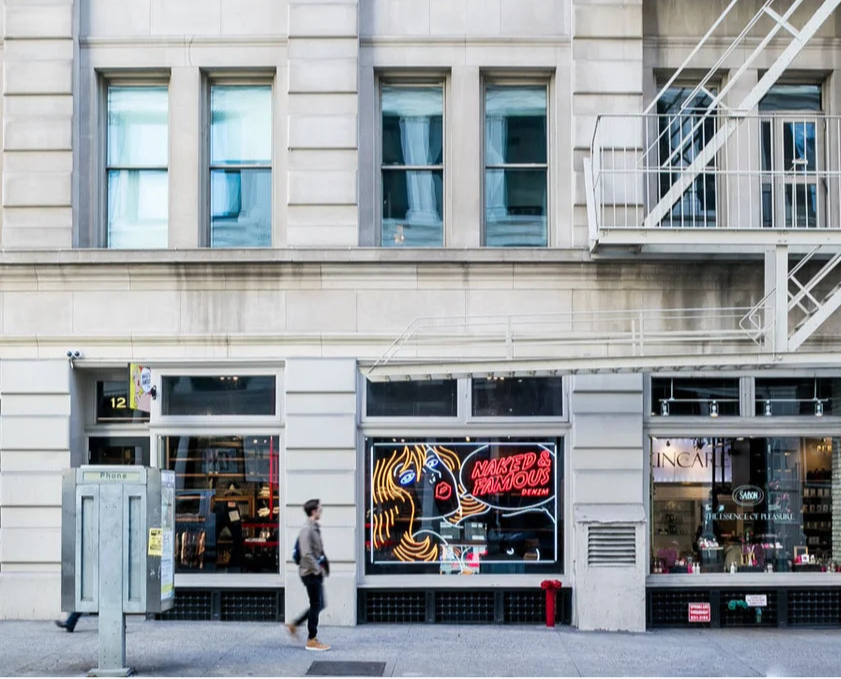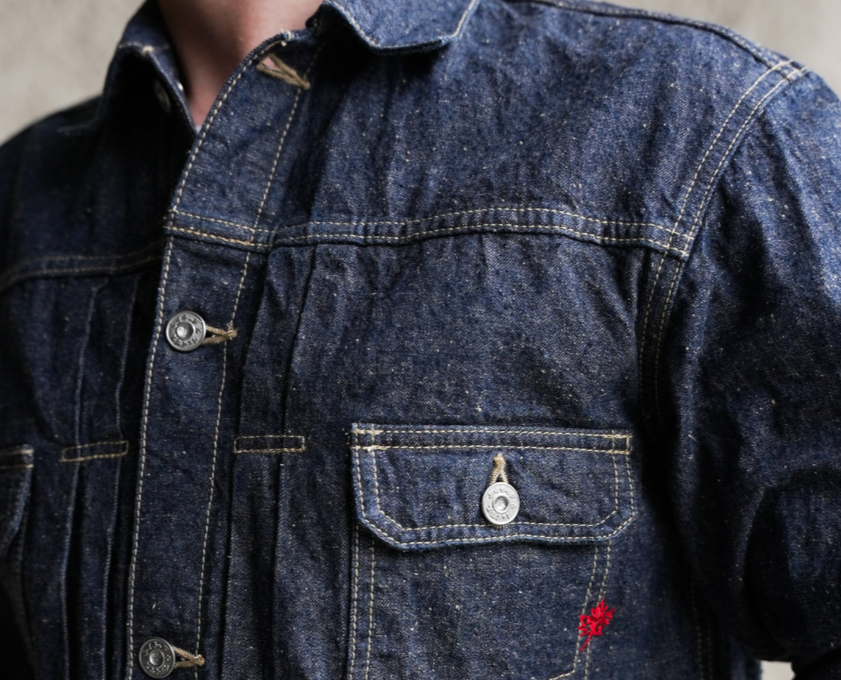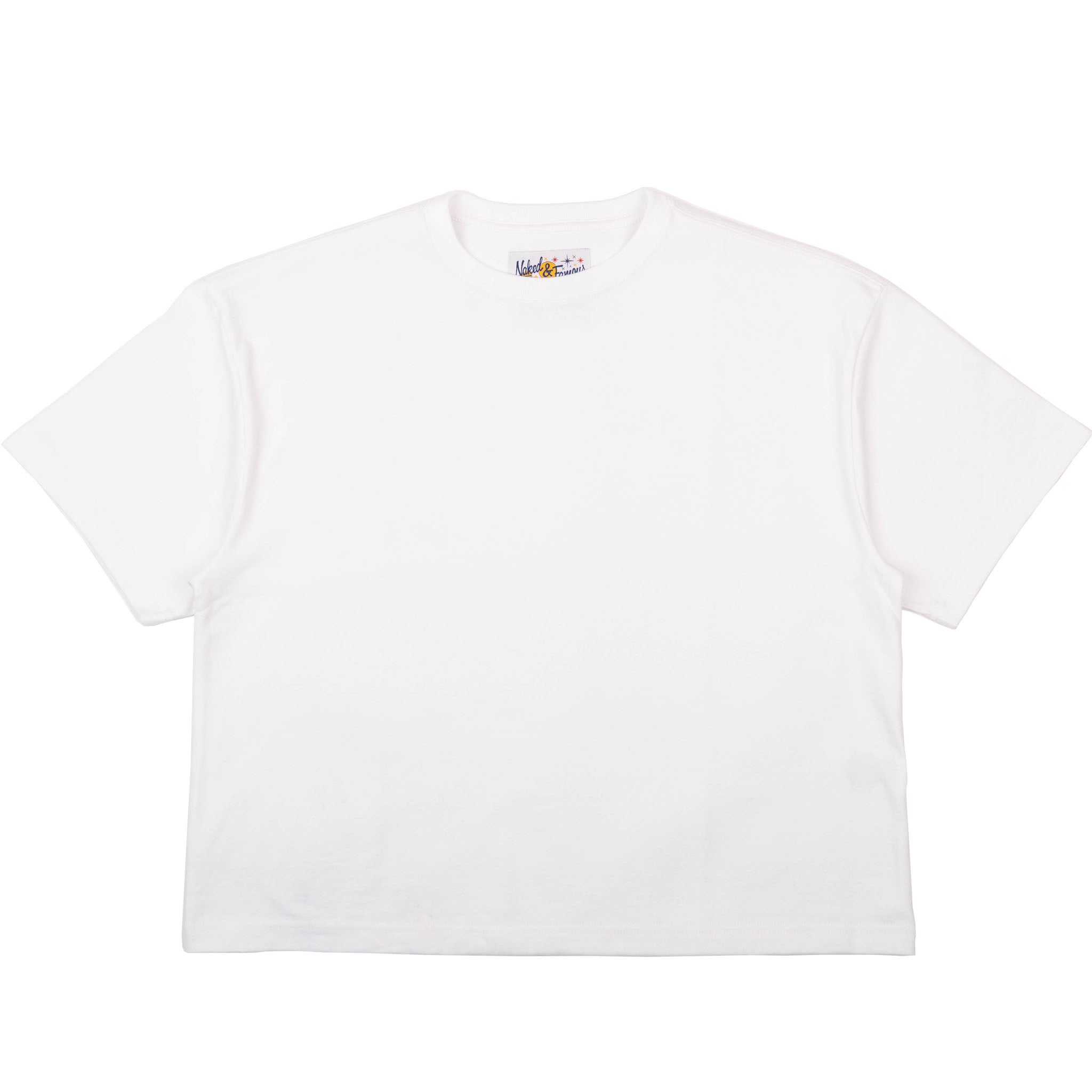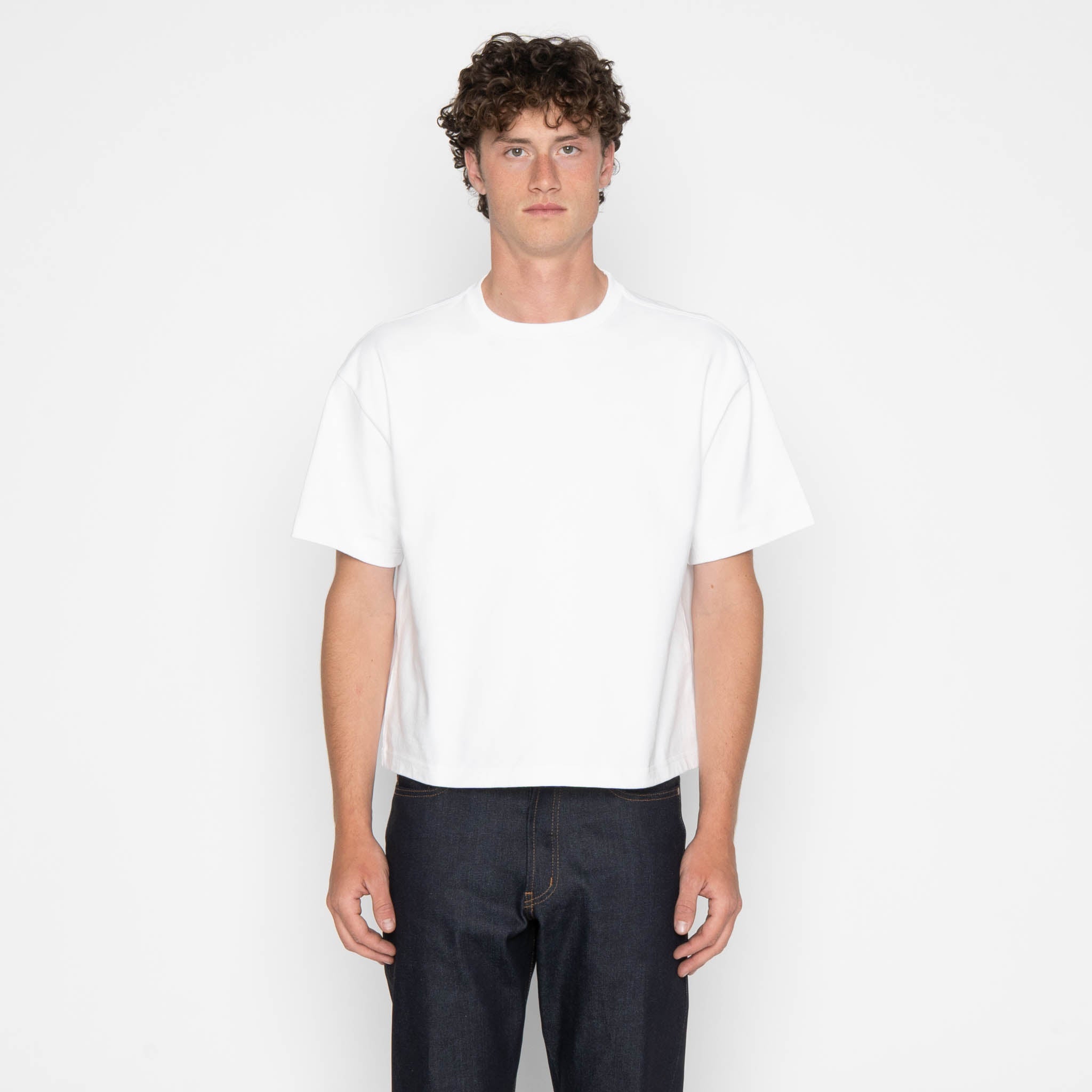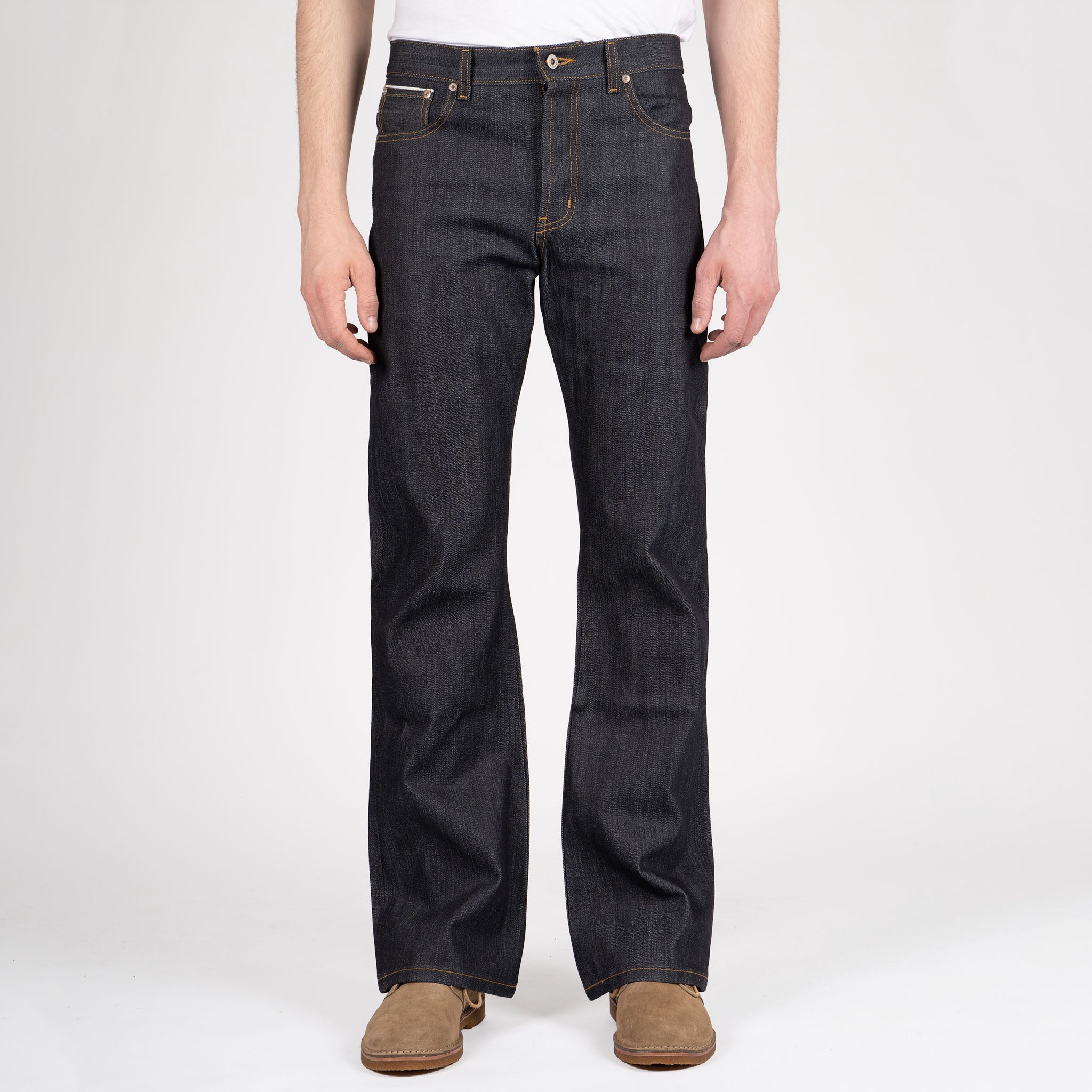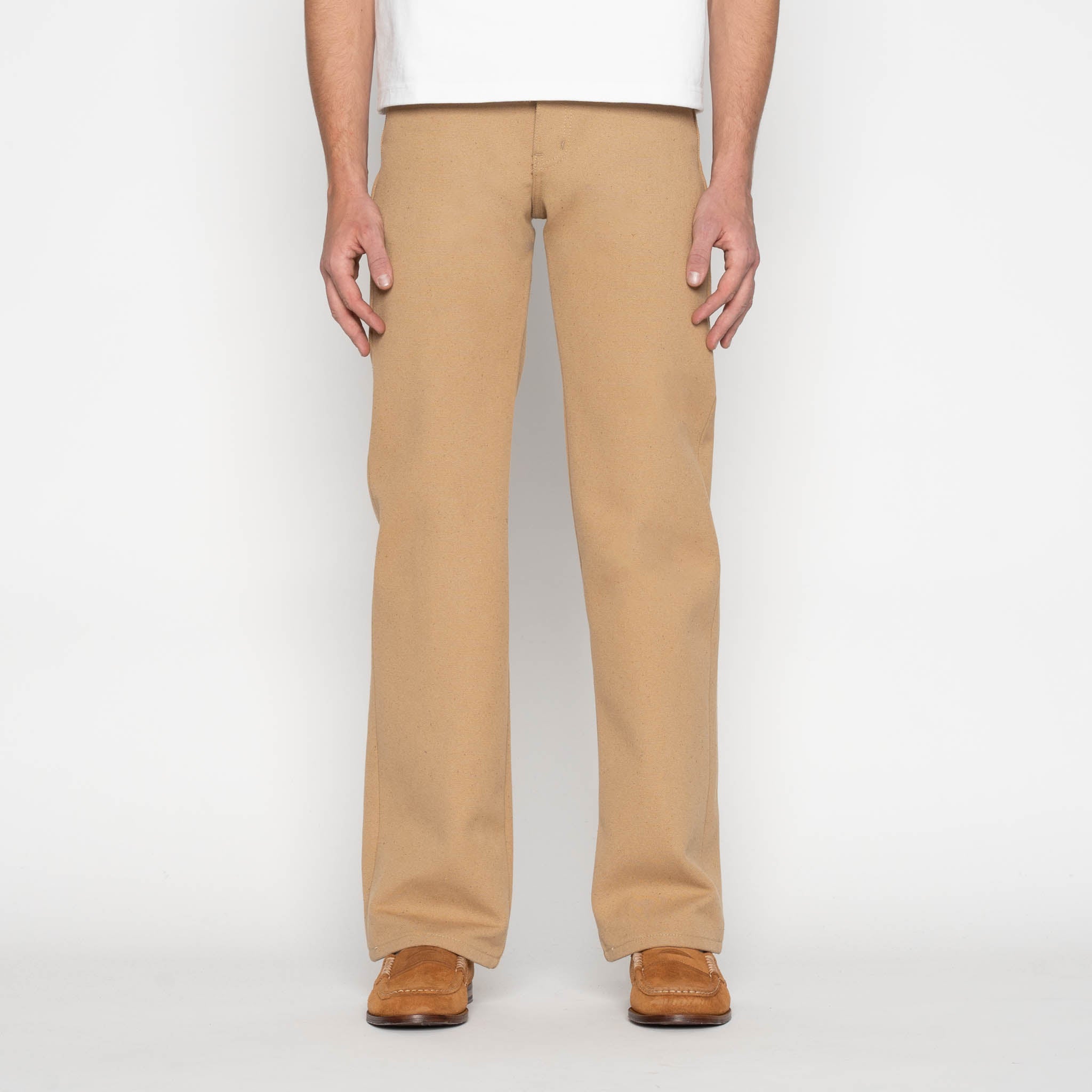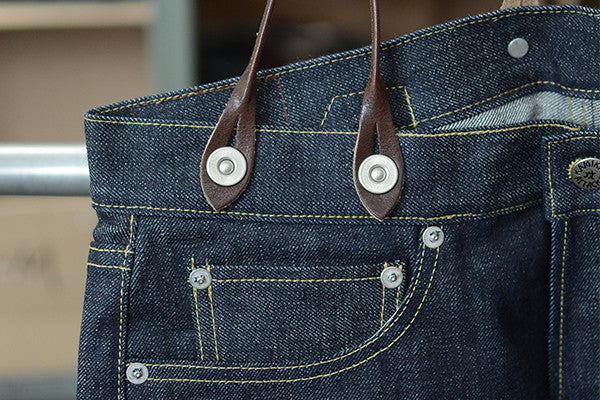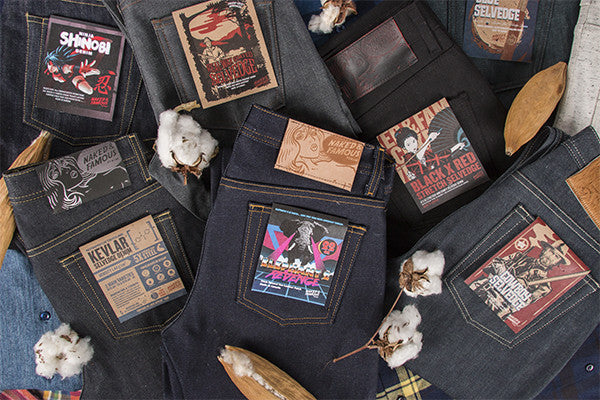Overalls are an interesting garment when looked at in relation to jeans. Both have origins in “workwear” clothing that was designed to be functional rather than aesthetic. However, while jeans were oriented towards cowboys and miners, overalls were marketed more to farmers and railroad workers. This difference in origin is interesting because it may help to explain why overalls have not made the same transition to fashion and normalcy that have accompanied denim.
James Dean’s role in “Rebel Without A Cause” was certainly a turning point in the history of jeans. Famously, it is one of the events that marks the transition from workwear to a symbol of youth rebellion and of the working man. Today, jeans carry semiotic meanings of the proletariat, youth, and informality.

Overalls, however, have not had the same big break as jeans. They are a still a strong symbol of workwear and are not nearly as common as jeans. Many Japanese denim brands continue to produce overalls, perhaps because of this strong association with workwear and classic Americana. An interesting difference is that unlike jeans which were in a way, brought back to their roots with Japanese denim, overalls originated in, and are still worn by farmers in the Southwestern United states.
The question remains: what is different in jeans that made them so common place; whereas, overalls so specifically workwear even though they are cut from the same fabric?
Firstly, there is a simple an issue of size. Overalls are much bigger and require more fabric than jeans. This makes them more difficult to re-appropriate because they take more physical and visual space on a body. An example of this would be how increasingly normal it is to pair formal elements such as a suit jacket with jeans, but how ridiculous (or interesting) would it be to pair a suit jacket with overalls? Jeans are smaller, sleeker, and as such, have more opportunities to be appropriated away from their workwear origins.
Secondly, although they both have origins in workwear, it is in different kinds of work. Jeans were worn all across the United States by miners, cowboys, and other regular “blue collar” workers. Overalls, however, were a more niche group of farmers and railroad workers. These individuals lived in rural areas in the Southwestern United States and did not have the same urban concentration as jean-wearers. Simply put, there were more people wearing jeans than overalls.
Thirdly, there is a semiotic argument that jeans carry more signifiers, and therefore, can be used to convey meaning in more contexts than overalls. This has implications when looking at media representation and coverage of jeans compared to overalls. Jeans have a chameleon effect when they can be used in almost in any context, partly because one of the associations with jeans is of normalcy. Ordinary characters in television, or individuals in magazines can often be seen wearing jeans. The same cannot be said with overalls, where, if they are wearing overalls, it is presumed that there is a purpose. That either a commentary on work is being made, or the character is in a farming context.
Today, there are a couple options available for those of you who want to own this piece of quintessential Americana workwear.
Naked & Famous Denim created a contemporary interpretation of overalls with their Overalls - 13.75oz Left Hand Twill Selvedge fabric. The Left Hand Twill was a great choice because it becomes much softer with wear than the traditional right hand twill fabrics. The bottom half of the overalls use the popular Weird Guy fit, which is practical and a flattering look for most guys.
For the Japanese denim enthusiasts, you are in luck! We just picked up the new Kamikaze Attack overalls! The "Zimbabwe Cotton" 14.21oz Sulfur/Indigo Selvedge Denim - Deadbeat of Nagatacho features the highly sought-after long staple Zimbabwe cotton, which is known for its soft hand feel and strength, in a 14.21oz selvedge denim.
Author's note: I remember a conversation I once had with my elderly grandmother about denim. She was angrily telling me how it was a garment made for the poor, the working class, that was then reinterpreted, resold, to the rich. Such is a kind of post-colonial, gentrification style so indicative of our society. Ever since then, I have been conscious of this fact, and I invite all who are reading to also think about this next time we put on our jeans or overall.
- Devan P
Devan Prithipaul is the summer intern for Tate + Yoko. He is a currently studying Communications and Cultural Studies at Concordia University. His motto for denim is "the more uncomfortable, the better!"


